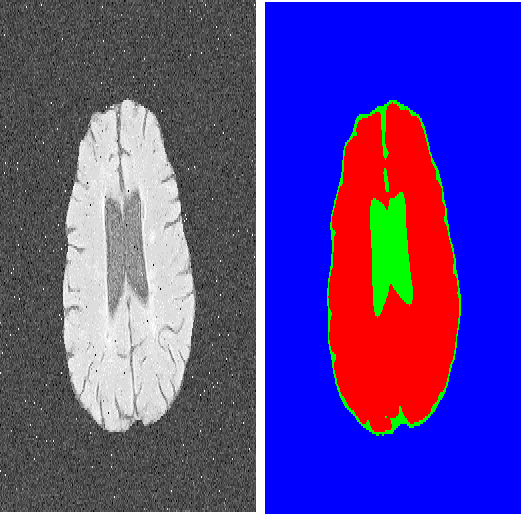Supervised learning-based segmentation methods typically require a large number of annotated training data to generalize well at test time. In medical applications, curating such datasets is not a favourable option because acquiring a large number of annotated samples from experts is time-consuming and expensive. Consequently, numerous methods have been proposed in the literature for learning with limited annotated examples. Unfortunately, the proposed approaches in the literature have not yet yielded significant gains over random data augmentation for image segmentation, where random augmentations themselves do not yield high accuracy. In this work, we propose a novel task-driven data augmentation method for learning with limited labeled data where the synthetic data generator, is optimized for the segmentation task. The generator of the proposed method models intensity and shape variations using two sets of transformations, as additive intensity transformations and deformation fields. Both transformations are optimized using labeled as well as unlabeled examples in a semi-supervised framework. Our experiments on three medical datasets, namely cardic, prostate and pancreas, show that the proposed approach significantly outperforms standard augmentation and semi-supervised approaches for image segmentation in the limited annotation setting. The code is made publicly available at https://github.com/krishnabits001/task$\_$driven$\_$data$\_$augmentation.
翻译:在医学应用中,由于从专家那里获取大量附加说明的样本耗时费钱,因此,文献中提出了许多方法供学习,并附有有限的附加说明的例子。不幸的是,文献中的拟议方法尚未在随机数据增强图像分割方面产生显著收益,随机增强本身不会产生很高的准确性。在这项工作中,我们提出了一种新的任务驱动的数据增强方法,用于学习带有有限标签数据的数据,因为合成数据生成器是用于分解任务的优化的。拟议方法模型的强度和形状变异生成者使用两套变异方法,作为添加强度变异和变异字段。两种变异都使用标签和半监督框架中未加标记的示例进行优化。我们在三个医疗数据集,即卡迪奇、前列和板形变的实验显示,拟议的方法大大超出标准增益和半加值美元美元的元元元元数据增强法,用于分解任务。在公开分析中,可使用的 MAD===xxxxxxxxxalmaxal dismaisal disalation。




